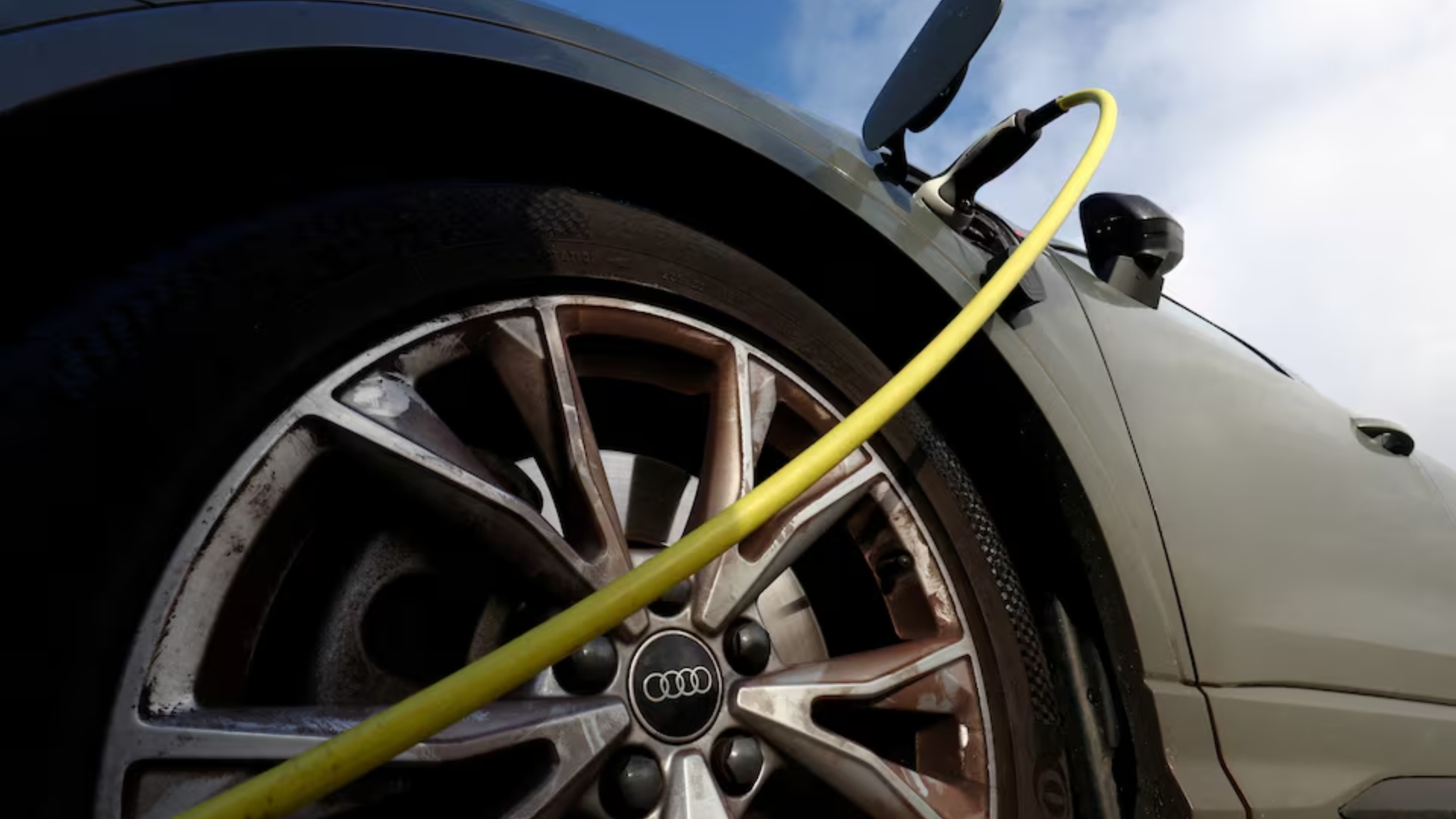DETROIT, (Reuters) – This was the year the auto industry’s race toward an all-electric future took a detour.
Heading into 2023, automakers were gearing up to invest $1.2 trillion by 2030 to move electric vehicles from niche products to mass-market models – many with batteries and software developed in-house, according to a Reuters analysis.
As the year closes, legacy automakers as well as Tesla, Rivian and other EV startups are throttling back investments and reworking product strategies. Legacy automakers are appealing to policymakers for more help to offset the high costs of the EV transition, on top of billions of dollars already pumped into EV subsidies.
Consumer demand for EVs is growing worldwide. But EV adoption is not happening as fast or as profitably as industry executives anticipated, especially in the United States.
High interest rates have pushed many EVs out of reach for middle-income consumers. Lack of charging infrastructure is a deal-breaker for buyers used to adding hundreds of miles of gasoline driving range in just a few minutes.
“EVs are going to be the future of the passenger automobile business,” said Jeff Parent, COO of AutoNation, the U.S. auto dealership chain. But because of consumer concerns about price and charging, he said, “the next three to four years, things are going to be bumpy.”
Industry CEOs are amplifying hedges on their goals of shifting to all-electric fleets by the middle of the next decade.
“We’ll adjust to where the customer is,” General Motors CEO Mary Barra told the Detroit Automotive Press Association earlier this month when asked if GM still aims to be all-electric by 2035.
THE F-150 LIGHTNING: HIGH HOPES, THEN DISAPPOINTMENT
Ford’s F-150 Lightning electric truck shows how bullish forecasts got corralled.
Buoyed by enthusiastic early demand for the Lightning, Ford in August added a third work crew at its historic Rouge assembly complex in Dearborn, Michigan, to triple the production rate of the electric pickup truck to 150,000 vehicles a year.
But in October, Ford cancelled the third shift, conceding that demand for electric F-150s was not enough to sustain the planned production pace. About 700 workers were furloughed.
In China, Europe and the United States – the main EV markets – electric-vehicle demand is still growing faster than demand for vehicles overall.
Global EV production is on track to triple by 2030 to 33.4 million vehicles, about a third of total production, according to AutoForecast Solutions. Much of that growth will happen in China, where government subsidies and a price war led by Chinese EV market leader BYD and Tesla are making EVs more affordable than combustion vehicles, according to an analysis by JATO Dynamics.
In North America, production of battery-electric vehicles could increase sixfold to nearly 7 million vehicles by 2030, according to AFS. That is equivalent to roughly 40% of the projected U.S. market – but well short of the Biden administration’s goals.
LOBBYING FOR RELIEF
Industry executives are lobbying the Biden administration to back away from emissions rules that effectively require EVs to account for two-thirds of U.S. new-vehicle sales by 2032.
Looking ahead, industry executives raise two concerns about the challenge of expanding the EV market beyond adventurous early adopters of technology: Affordability and access to charging.
The slow pace of charging infrastructure development forced major legacy automakers to cut deals this year with Tesla to allow buyers of their EVs to use Tesla’s Supercharger network – a competitive coup for Tesla.
“The automakers’ capitulation to the (Tesla) standard is a clear signal that they are realizing that demand is held back by fears on charging,” said Mark Wakefield, co-leader of consultancy AlixPartners’ automotive practice.
“Affordability” is industry code for convincing mainstream, middle-income consumers to pay enough for an EV to cover higher production costs and still yield a profit. For most legacy automakers, that has so far proven impossible.
Even Tesla, which makes money on EVs, has been forced to cut prices to keep assembly lines running at full speed in China and the United States.
“If our car cost the same as a (Toyota) RAV4, no one would buy a RAV4, or, at least, they would be very unlikely to,” Tesla CEO Elon Musk told analysts in October. “Our car is still much more expensive than a RAV4.”
RAV4 models start at $28,475. Model Y’s start at $43,990, and until Dec. 31 come with $7,500 tax credits. Tesla has warned those credits could be reduced as tougher domestic content rules kick in.
Reporting by Joe White in Detroit Editing by Matthew Lewis











